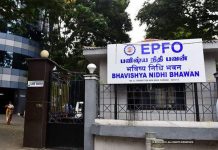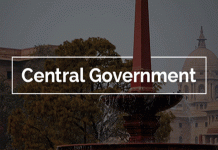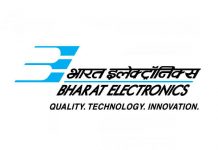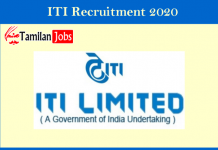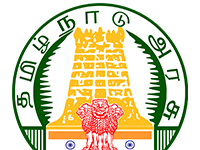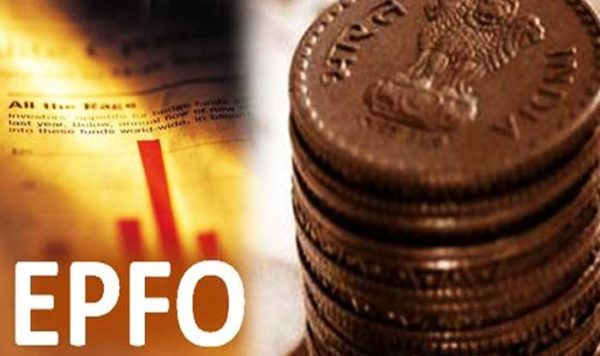
EPFO Savings Schemes
As a salaried individual, you should be aware that your PF (Provident Fund) contributions made every month come with retirement and insurance benefits. The government-run pension fund organization: Employees Provident Fund Organisation (EPFO) provides three savings schemes namely: Employee’s Provident Fund (EPF), Employee’s Pension Scheme (EPS) and Employee’s Deposit Linked Insurance Scheme (EDLI).
An amount at the rate of 12 percent of your basic pay (plus DA, if any) is equally contributed by you (deducted from your salary) and your employer towards the schemes from EPFO. While the whole of your contribution is deposited for EPF, the employer’s share is divided as follows:
% of Contribution Scheme
8.33% – Employees’ Pension Scheme
3.67% – Employees’ Provident Fund
0.51% – Employees’ Deposit Linked Insurance premium
0.85% – EPF admin charges
0.01% – EDLI admin charges
Employees’ Provident Fund (EPF)
This retirement scheme is the first step towards your small savings for retirement that you contribute to involuntarily. By the time you are done with your working years, you will have saved a considerable amount.
The interest rate to be paid for the financial year 2017-18 was declared as 8.55 percent by the government. It was reduced by 10 basis points from 8.65 percent in 2016-17. The interest rate for the year 2018-19 will be announced somewhere between February-March 2019.
You have the facility to withdraw a portion of the PF during your employment for specified purposes like marriage, child’s education, a medical emergency in the family or construction of a house. If you are unemployed for over 2 months, you can withdraw your PF contribution by submitting form 19.
Tax benefits:
It enjoys the exempt-exempt-exempt tax status. Contributions made towards EPF from your salary can be claimed for tax exemption under section 80C. Interest earned on the fund is also tax free as well as the maturity amount (unless it is withdrawn prematurely, ie, before completion of 5-year of continuous employment).
Employees’ Pension Scheme (EPS)
Not many know that they are liable to receive a pension amount besides PF after their retirement. A big portion, that is 8.33 percent of the 12 percent that the employer pays towards EPF goes to EPS. The basic pay limit for the scheme participants is capped at Rs 6,500 per month, that means the employer can contribute a maximum of Rs 541 per month towards EPS and the rest will go to EPF.
To be eligible to receive a pension under the scheme, one needs to be employed for a minimum of 10 years and be at least 50 years of age. If one opts for a pension after 50 but before 58, they will have to sacrifice 4 percent of the pension amount per year before 58.
EPS is a pension and so it will not earn any interest. You need not claim any tax benefit as the contribution is made by the employer. The amount of pension that will be received on retirement is calculated based on the average monthly pay of the employee in the last year of service multiplied by the years of service and divided by 70.
The scheme provides a pension for life for the member as well as their spouse. A widow will also receive her spouse’s pension for life or until she marries and the children (not more than 2) will get additional pension up to 25 percent of the amount. A deceased member’s children (not more than 2) if orphaned, will get up to 75 percent of the pension till they turn 25 years old. Pension, when received, is taxed just like salary
Employee’s Deposit Linked Insurance Scheme (EDLI)
This is the EPF member benefit that very few are aware of. Anyone making a contribution to EPF is liable to receive a life insurance coverage of up to Rs 6 lakh. As stated above, a part of your employer’s EPF contribution goes towards EDLI. There is no interest rate that is earned on this scheme as it provides insurance coverage.



